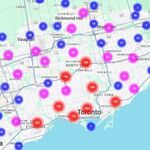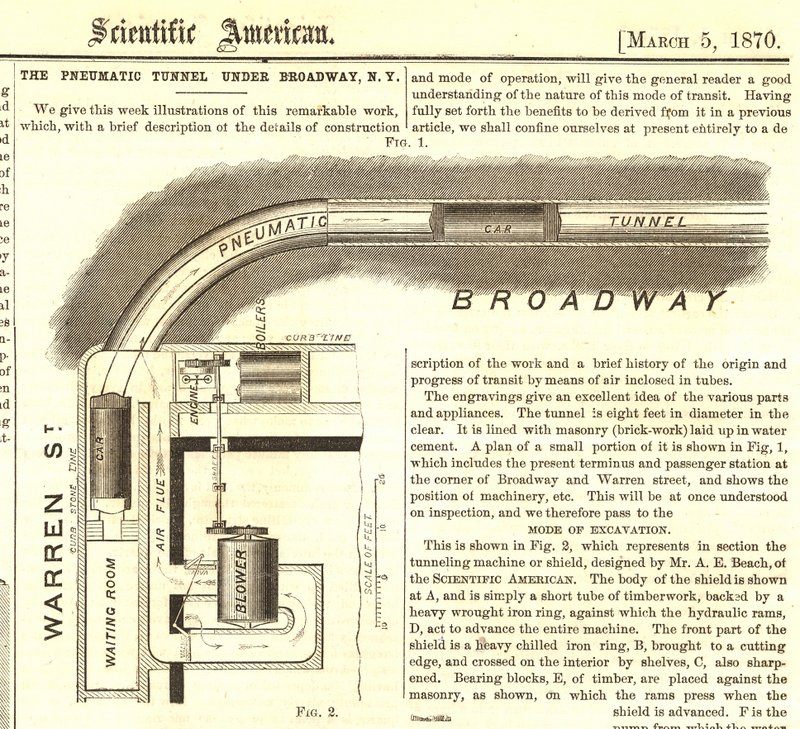nfitz
Superstar
Why do you claim no one uses it? It always seems busy enough to me -pre-covid. What are your observations?Also a night bus, with little traffic to compete with. Is a bus even fast if no one uses it?
Most seem to be heading to Scarborough, rather than getting on and off on the Danforth. But there's always some at the biggest stops. Broadview, etc.
And yet the election was in late 2010.From that perspective, it was all about LRT in 2007-2008, and then briefly about Bus lanes in addition to LRT in 2009. Obviously, the work on Spadina subway did not stop, but noone considered that as a part of the future plan, as it was well underway.
Transit was barely an issue. It was that Miller was playing hardball with the unions and the garbage strike.






/https://www.thestar.com/content/dam/thestar/news/gta/2021/01/26/meant-to-attract-density-ontarios-scarborough-subway-plan-would-scuttle-1200-unit-housing-development/_1_grangeway_plan.jpg)